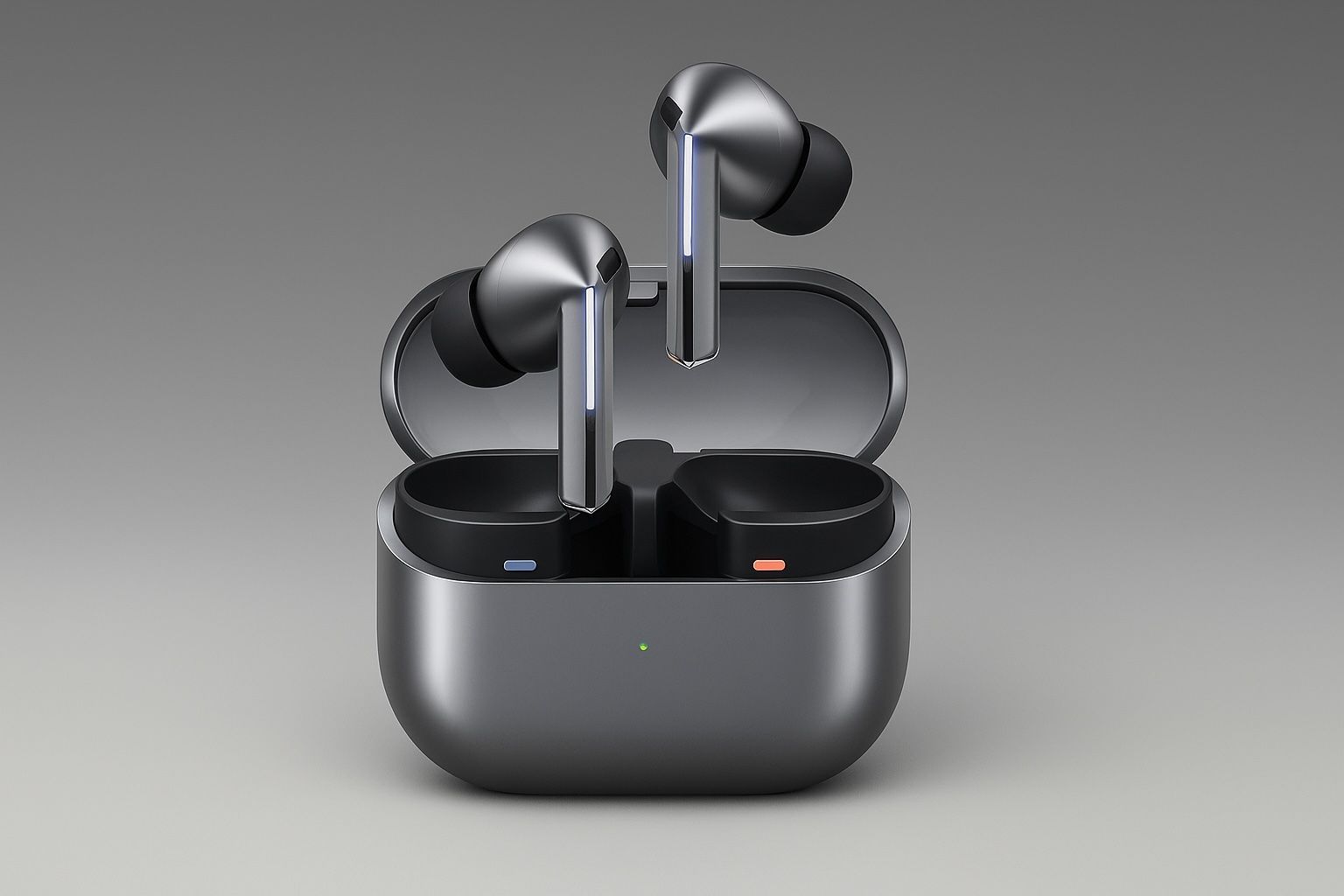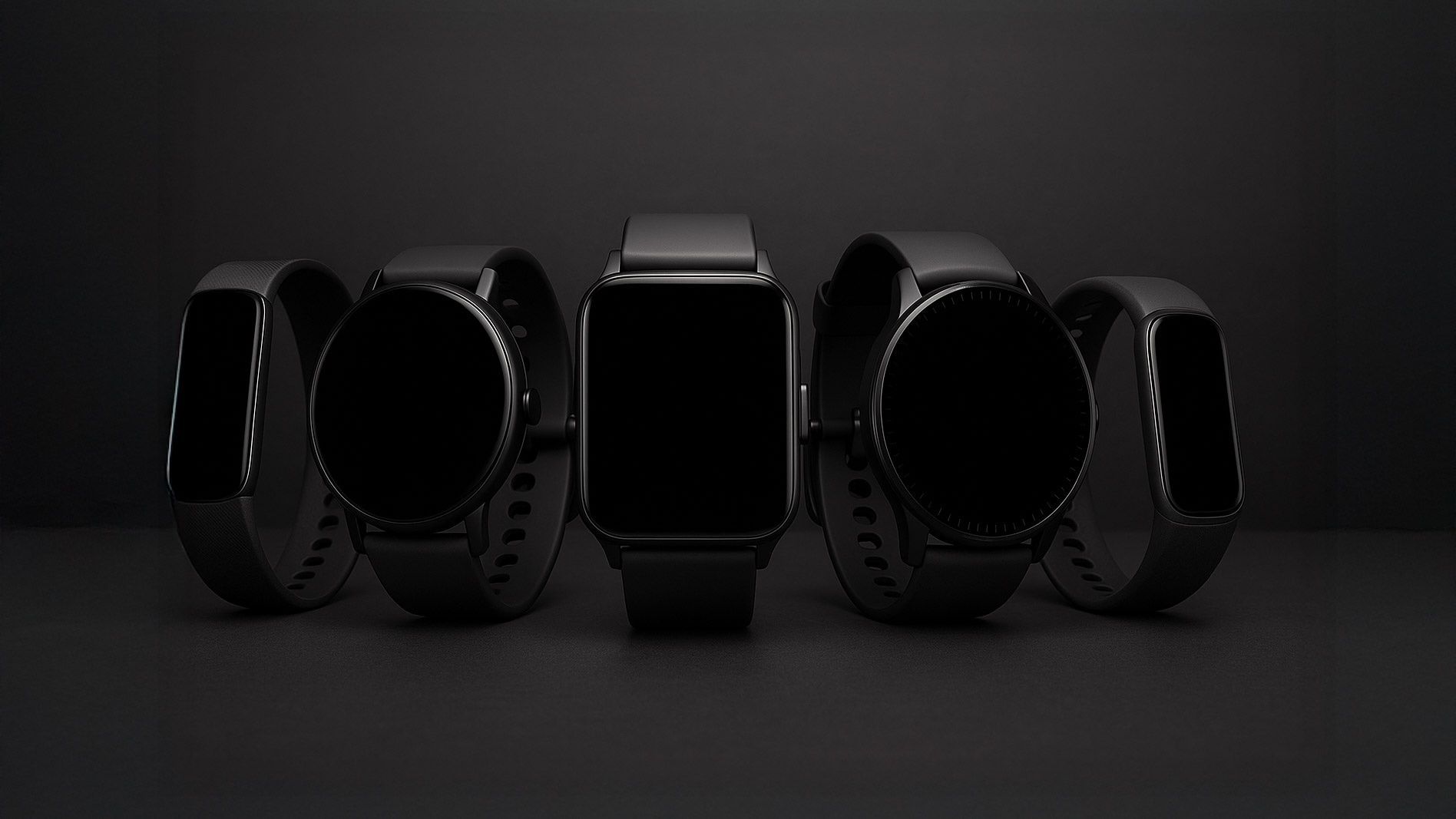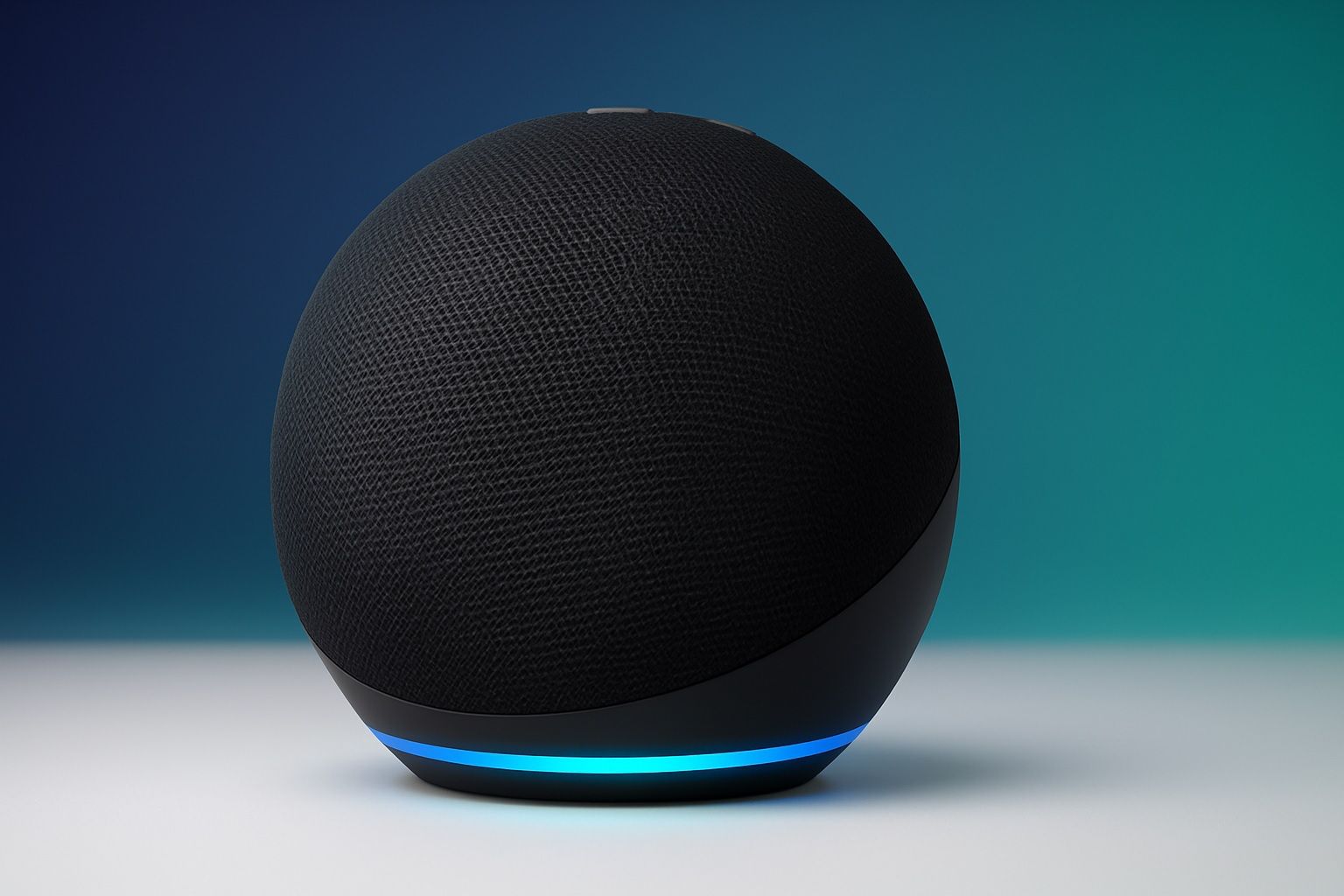
Samsung Galaxy Buds 3 Pro vs. AirPods, Sony, Bose: Ultimate Earbud Showdown
The Galaxy Buds 3 Pro were announced on July 10, 2024 at Samsung’s Unpacked event with a launch price of $249 in the US. They introduce a stemmed design with LED Blade Lights on the stems and weigh about 5.4










